Transfer of ownership refers to the legal process of transferring the rights and responsibilities of a property or asset from one individual or entity to another. It involves changing the property’s legal title, possession, and control, shifting ownership rights from the current owner (transferor) to the new owner (transferee). The transfer of ownership can occur in various contexts, such as real estate, vehicles, businesses, or personal belongings. It is typically executed through legally recognized documents and procedures to ensure the validity and enforceability of the transfer.
The transfer of ownership may involve different parties, such as individuals, family members, business partners, or organizations. The reasons for transferring ownership can vary, including gifting, inheritance, sale, donation, or reorganization of assets. To initiate a transfer of ownership, the parties involved usually follow specific legal procedures, including drafting and signing contracts, deeds, titles, or other relevant documents. These documents serve as evidence of the transfer and provide a clear record of the change in ownership.
It is important to note that the transfer of ownership may have financial, legal, and tax implications for both the transferor and the transferee. Therefore, seeking appropriate legal and financial advice is crucial to ensure compliance with relevant laws and regulations and protect the interests of all parties involved.

Key Steps in the Transfer of Property
Step 1: Negotiation and Agreement:
The first step in the property transfer is the negotiation and agreement between the buyer and seller. This involves discussions on the terms and conditions of the sale, including the purchase price, payment terms, and any additional contingencies or conditions. Once both parties have agreed, they can proceed to the next steps.
Step 2: Title Search and Due Diligence:
The buyer or their legal representative should conduct a thorough title search to verify the ownership and legal status of the property. This includes examining public records, surveys, and other relevant documents to ensure no encumbrances, liens, or legal disputes associated with the property. Additionally, the buyer may perform due diligence, such as property inspections and assessments, to assess its condition and value.
Step 3: Preparation of Legal Documents:
The buyer’s legal representative typically prepares the necessary legal documents to initiate the transfer process. These documents may include a purchase agreement, deed, transfer of ownership forms, and any other required disclosures or contracts specific to the jurisdiction. It is crucial to involve qualified legal professionals to ensure the documents accurately reflect the agreed-upon terms and comply with applicable laws.
Step 4: Financing and Mortgage Arrangements:

If the buyer requires financing to purchase the property, this step involves securing a mortgage or loan from a financial institution. To support the loan application, the buyer must provide the necessary documentation, such as income statements, credit reports, and property appraisals. The lender will review the buyer’s eligibility and property valuation before approving the mortgage.
Step 5: Closing the Transaction:
The closing, also known as the settlement, is the final stage of the property transfer process. It typically involves a meeting attended by the buyer, seller, their legal representatives, and potentially a closing agent or title company. During the closing, the parties review and sign the legal documents, including the deed and transfer of ownership forms. The buyer pays the remaining purchase price, and the seller transfers the property title to the buyer.
Step 6: Recording and Registration:
After the closing, the buyer’s legal representative is responsible for recording the transfer of ownership with the appropriate government authorities. This ensures that the change in ownership is officially recognized and becomes part of the public record. The recording process may involve submitting the deed and other relevant documents to the local county recorder’s office or land registry.
Step 7: Post-Transfer Tasks:
Following the completion of the transfer, several post-transfer tasks must be considered. These may include updating property tax records, notifying utility companies of the new ownership, arranging insurance coverage, and updating contact information with relevant authorities.
Property transfer involves a series of key steps that must be followed meticulously to ensure a legally valid and successful transaction. Buyers and sellers can confidently navigate the transfer process by understanding and adhering to these steps. It is always advisable to seek guidance from qualified professionals, such as real estate attorneys or agents, to ensure compliance with legal requirements and protect the interests of all parties involved.
Five Effective Ways to Transfer Ownership of Your House to Your Children

Transferring the ownership of your house to your children is a significant decision that requires careful consideration and planning. Various methods are available to accomplish this transfer, each with legal and financial implications.
1. Gift Deed:
One of the simplest ways to transfer ownership is through a gift deed. This involves legally gifting the house to your children without exchanging money. By executing a gift deed, you relinquish your rights to the property and transfer them to your children. However, it is important to consult with a legal professional to understand the tax implications of such a transfer, including potential gift taxes.
2. Living Trust:
Creating a living trust allows you to transfer ownership of your house while maintaining control over the property during your lifetime. You can establish a trust and name your children as beneficiaries, specifying the terms and conditions for the property transfer. By placing your house within a living trust, you can avoid probate, simplify the transfer process, and potentially minimize associated costs.
3. Joint Tenancy:
Another option is to establish a joint tenancy with your children. This means adding your children’s names to the property’s title, effectively making them co-owners. The joint tenancy offers the advantage of avoiding probate and allowing for the automatic transfer of ownership to the surviving co-owners upon your passing. However, it’s important to note that once your children are named co-owners, they will have equal rights to the property.
4. Family Limited Partnership:
For those with significant assets, a family limited partnership (FLP) can be an effective tool for transferring property. In an FLP, you can transfer ownership of your house to the partnership and then gift or sell limited partnership interests to your children. This allows you to retain control as the general partner while gradually transferring ownership to your children as limited partners. FLPs provide various tax benefits and asset protection advantages, but their setup and maintenance can be complex and require professional guidance.
5. Sell with Seller Financing:
If you want to transfer ownership while receiving regular income, consider selling your house to your children using seller financing. In this arrangement, you become the lender and your children the buyers. They make mortgage payments directly, allowing you to maintain an income stream while transferring the property’s ownership. It’s essential to consult with professionals to ensure the transaction adheres to legal and financial requirements.
By exploring these five effective ways – gift deed, living trust, joint tenancy, family limited partnership, and seller financing – you can ensure a smooth and efficient transfer process while preserving your assets for future generations. Property transfer laws and regulations may vary, so always seek expert advice specific to your jurisdiction.
Conclusion
Choosing the right method to transfer your house to your children depends on various factors, including your financial goals, tax implications, and personal preferences. It’s essential to consult with an estate planning attorney or financial advisor to navigate these options effectively and ensure the best outcome for you and your children. Proper planning can help secure your legacy and provide peace of mind for your family’s future.








